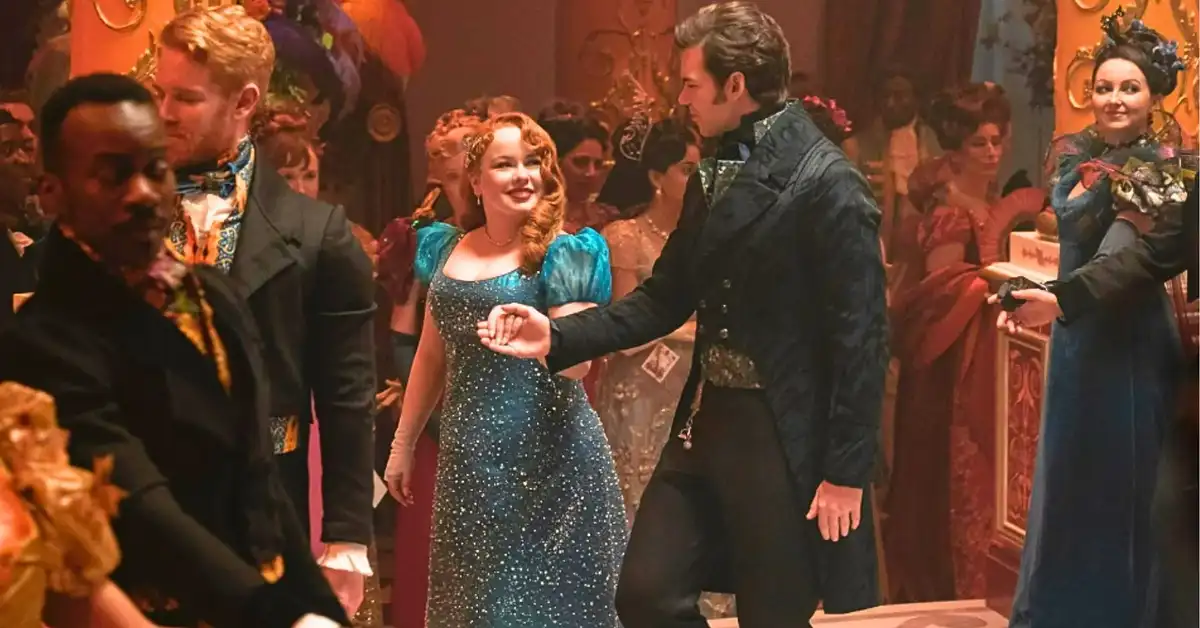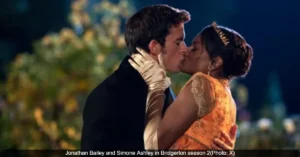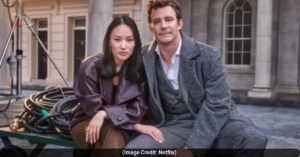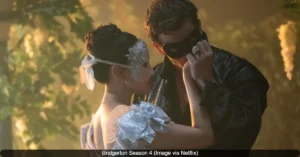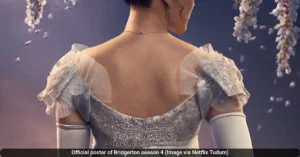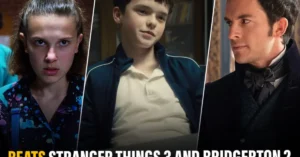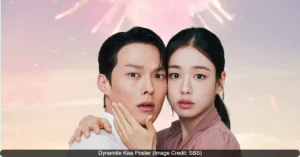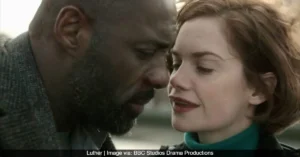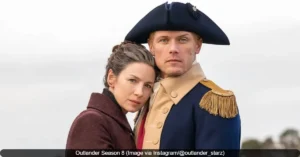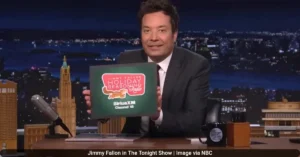The glittering world of Bridgerton captivates audiences with its vibrant balls and intricate costumes, but how closely do these stylish looks mirror what people actually wore in the early 1800s? The show takes place during Britain’s Regency era, a period known for its distinctive fashion. While the series nails the overall silhouette of the time, costume designers have taken creative liberties to tell a richer, more character-driven story, resulting in a “Regency with a twist” that prioritizes narrative over strict historical accuracy.
The Foundation: What Bridgerton Gets Right
At its core, the show’s costume design is built on a historically accurate foundation. The most recognizable feature of Regency women’s fashion is the high-waisted, flowing dress, and Bridgerton commits fully to this iconic silhouette.
The empire waistline, sitting just under the bust, is a signature look of the period. As fashion historian Raissa Bretaña notes, this is a tough silhouette to get right and not always universally flattering, but the show’s designers have fully embraced it. The very low necklines seen at evening balls are also true to the era, though in reality, such displays of skin were reserved for formal events, with women covering their chests during the day.
For the men, the costuming is often more accurate. Their outfits reflect the “Great Male Renunciation,” a post-French Revolution shift where men’s fashion became more somber and simple. Key details like watch fobs are period-correct status symbols, and the general structure of tailcoats, waistcoats, and trousers is reminiscent of what a well-dressed gentleman would have worn.
Creative Liberties: The “Bridgerton” Twist
Where the show boldly diverges from history is in its use of color and fabric. The real Regency era was dominated by muted tones and white, neoclassical gowns inspired by ancient Greece and Rome. Vibrant, hot pinks and yellows were largely impossible to achieve with the natural dyes available at the time.
Bridgerton, however, is a riot of color. This choice is entirely intentional. The show’s creator, Chris Van Dusen, has described the approach as “everything is rooted in Regency times, but the volume is turned up.” The candy-colored palette was inspired by the film Marie Antoinette, establishing a fanciful and eye-popping visual language. Costume designers use color to define character. The Featherington family, for instance, is dressed in loud, citrus hues to mark them as flashy and out of place in high society, while the Bridgertons wear elegant blues and whites to reflect their calm, established status.
Another notable liberty is the absence of bonnets. The show is a self-proclaimed “bonnet-free world,” a significant departure from an era where no respectable woman would leave home without one. The goal was to create a more relatable and modern feel for today’s audiences.
The Great Corset Debate
One of the biggest points of discussion is the show’s portrayal of corsets, or more accurately, “stays.” In an early scene, Daphne Bridgerton is shown being tightly laced, with her back later shown bruised and cut. Fashion historians point out this is a major inaccuracy.
Women in the Regency era would have worn a shift or chemise—a loose, linen undergarment—under their stays to protect their skin and the garment from body odor. The stays themselves were also different from the later Victorian corsets that the show sometimes depicts. Regency stays were shorter, with light boning and a wooden busk in the center, designed to support the figure rather than cinch the waist to an extreme degree. As historian Kate Strasdin explains, the corset was an everyday object, not an instrument of torture.
“I wonder if people will look at things like skinny jeans and go, ‘Why did people wear them?’” says fashion historian Kate Strasdin, arguing that women of the time were simply used to their foundation garments.
Dressing the Characters, Not the Era
Ultimately, the costume design in Bridgerton serves the characters, not the history books. Penelope Featherington’s transformation in Season 3 is a perfect example. Her wardrobe evolves from ill-fitting, garish gowns to more elegant attire, visually signaling her growing confidence and independence. Set decorators mirrored this character growth in her bedroom, adding softer furnishings and “feminine” fabrics to reflect her personal journey.
Similarly, Colin Bridgerton’s updated apartment in the new season is filled with maps and objects from his travels, giving it a “rich and romantic yet intellectual feel” inspired by London’s Sir John Soane’s Museum. This intentional design tells the story of who he has become.
The balls in Season 3 became even more theatrical, requiring staggering amounts of materials. Set decorator Natalie Papageorgiadis revealed that one ball alone used nine kilometers of ribbon, and the Queen’s ball likely depleted southern England’s supply of gold bullion trim. This extravagance is part of the show’s fantasy, a world where historical inspiration is a launching pad for glamour and storytelling.
Also Read: Bridgerton Season 4: Why Benedict’s Story Is the One Fans Have Waited For

